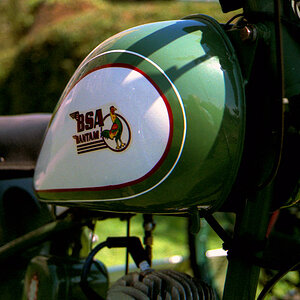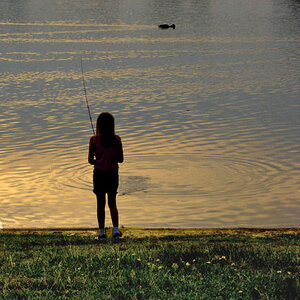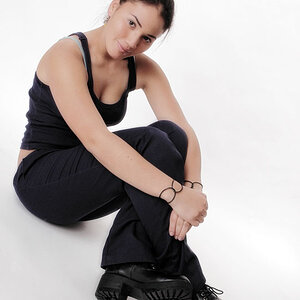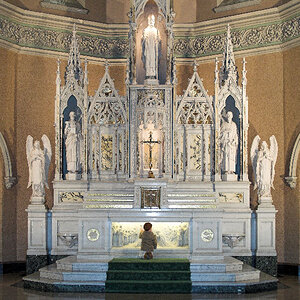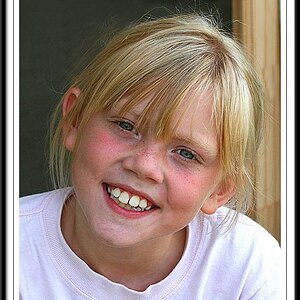I have become increasingly more interested with photography lately and I'm ready to upgrade to a DSLR. I have pretty much narrowed it down to a Nikon D80 and I really do not know much outside the realm of point and shoot photography. I am not sure about what type of lenses will be needed but i find extreme limitations from my point and shoot digital, so i'm ready to upgrade. I am an architecture major so many of the photographs i take will be of buildings and landscapes. I would also like to be able to take good shots of models and small details of buildings as well. Of course whatever the usual distances will be necessary as well because I wouldn't want a camera that I couldn't use for "regular" pictures. I am trying to figure out what kind of lenses I will need. I have looked through the different lens types and models and I am still unaware of what it all means so if there is some sort of guide about lenses or if someone could point me in the direction of some good ones that would be great. I would also like to know what other accessories I may not think of ahead of time when I go to purchase the camera? I know I will need a tripod. One thing i have been wondering is if i should buy the body and a lens or a combination with the lens and a body. Any help would be greatly appreciated. I have been reading up on alot of the posts and I hope this is not too repetitive.
Thanks, Ryan
Thanks, Ryan


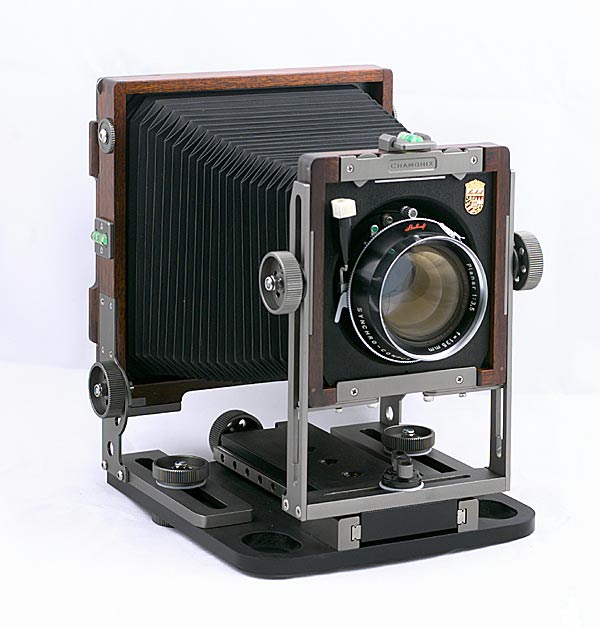
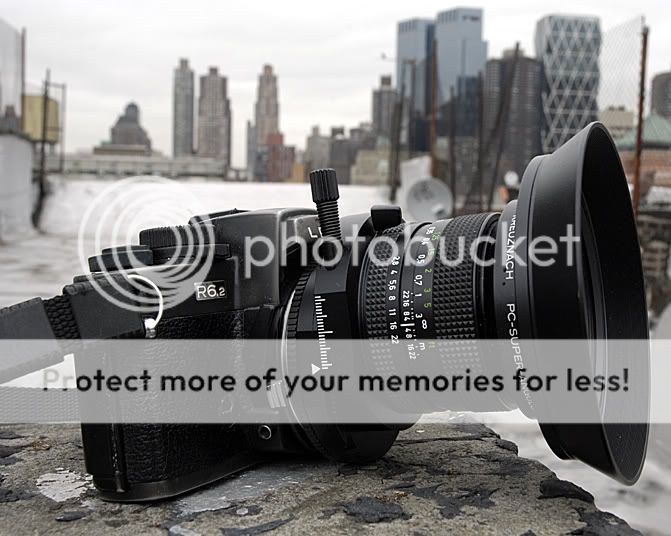
![[No title]](/data/xfmg/thumbnail/39/39429-cfa441056f1e6a1995539dc87c794876.jpg?1619739028)
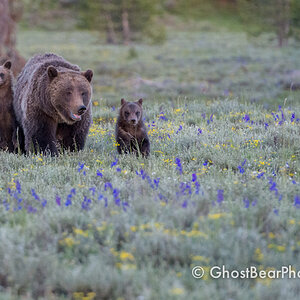
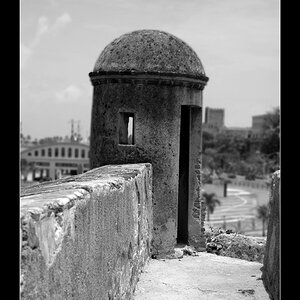
![[No title]](/data/xfmg/thumbnail/37/37627-c3d3ca879cdfbdb9e35acdcc7fcd4b3e.jpg?1619738154)
![[No title]](/data/xfmg/thumbnail/42/42463-03457f0869c7510e6fb947b21de31aba.jpg?1619740192)
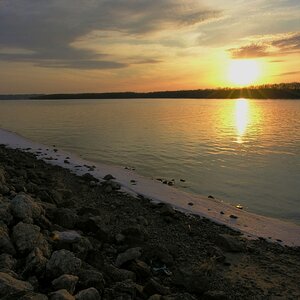
![[No title]](/data/xfmg/thumbnail/31/31752-fcbc5aa4a94154b9c273592aa37b8b1e.jpg?1619734991)
